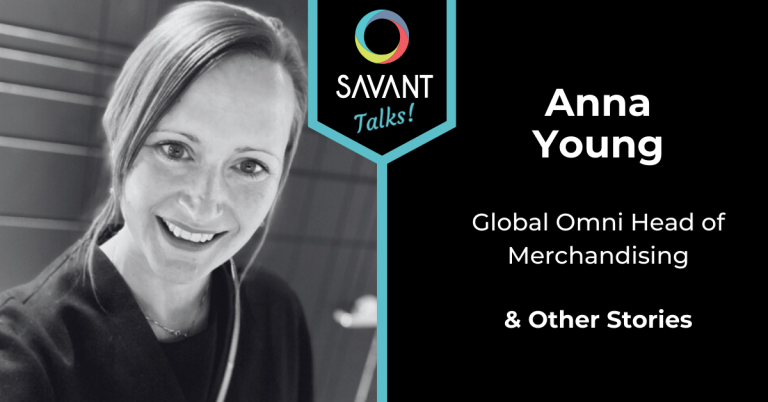In some consumer verticals, products can’t arrive soon enough. From food deliveries to last-minute necessities and impulse purchases, quick commerce has retailers pushing the envelope of what is possible in logistics.
According to a survey by Deloitte, half of shoppers were happy to pay extra for on-demand fulfilment during the summer of 2020. Meanwhile, the OECD said 21% of US consumers specifically ordered goods from nearby shops as a direct result of the pandemic. In the UK, use of the search term ‘delivery’ increased in volume by a factor of nine between 11 and 25 March, when the original and strictest lockdown began.
The capability to deliver next day, or even same day, is a major differentiator for FMCG retailers with impatient buyers. It can lead to better margins too, which perhaps explains the rash of fulfilment start-ups launching in the UK in recent years, such as Jiffy, Gorillas and Fancy.
Analyst Rachel Sibson describes their offering: “These new operators are building their proposition around a reliable, high-speed delivery service, targeting people who need items ASAP and who are often fine with paying a bit extra for that.
“While other services can offer delivery within half an hour or so, the on-demand dark-store retailer is targeting sub-30 minute, and often sub-15-minute, fulfilment,” she wrote recently.
Ecommerce intelligence platform ChannelSight provides the following advice for companies wanting to build a strong quick-commerce capability :
• Set up local hubs – most quick commerce services have teams of riders in the cities they cover.
• Be selective on stock – not everything fits well with fast delivery. Luxuries and big-ticket items need not apply, but gifts, prescriptions, food and cosmetics, even some electronics could be in high demand.
• Real-time inventory ¬– in a quick commerce environment, your stock levels will be up and down like the display on a graphic equaliser, so ensure your software and processes are up to the mark.
Of course, while some deliveries are wanted yesterday, many consumers appreciate the option to pay less for a ‘no rush’ service, while click-and-collect remains a popular option too. Don’t forget that customers want choice – so a ‘standard’ delivery service will help ensure satisfaction and drive loyalty.
Action: Achieving sales through your ecommerce channels is only the first step. Revisit your distribution strategy and consider new partners, to make sure you can meet customer expectations while remaining affordable and making profit.
Download the retail whitepaper here tackling how online retailers can power up their ecommerce offering to meet new customer expectations and seize opportunities for growth in a post-Covid world.




